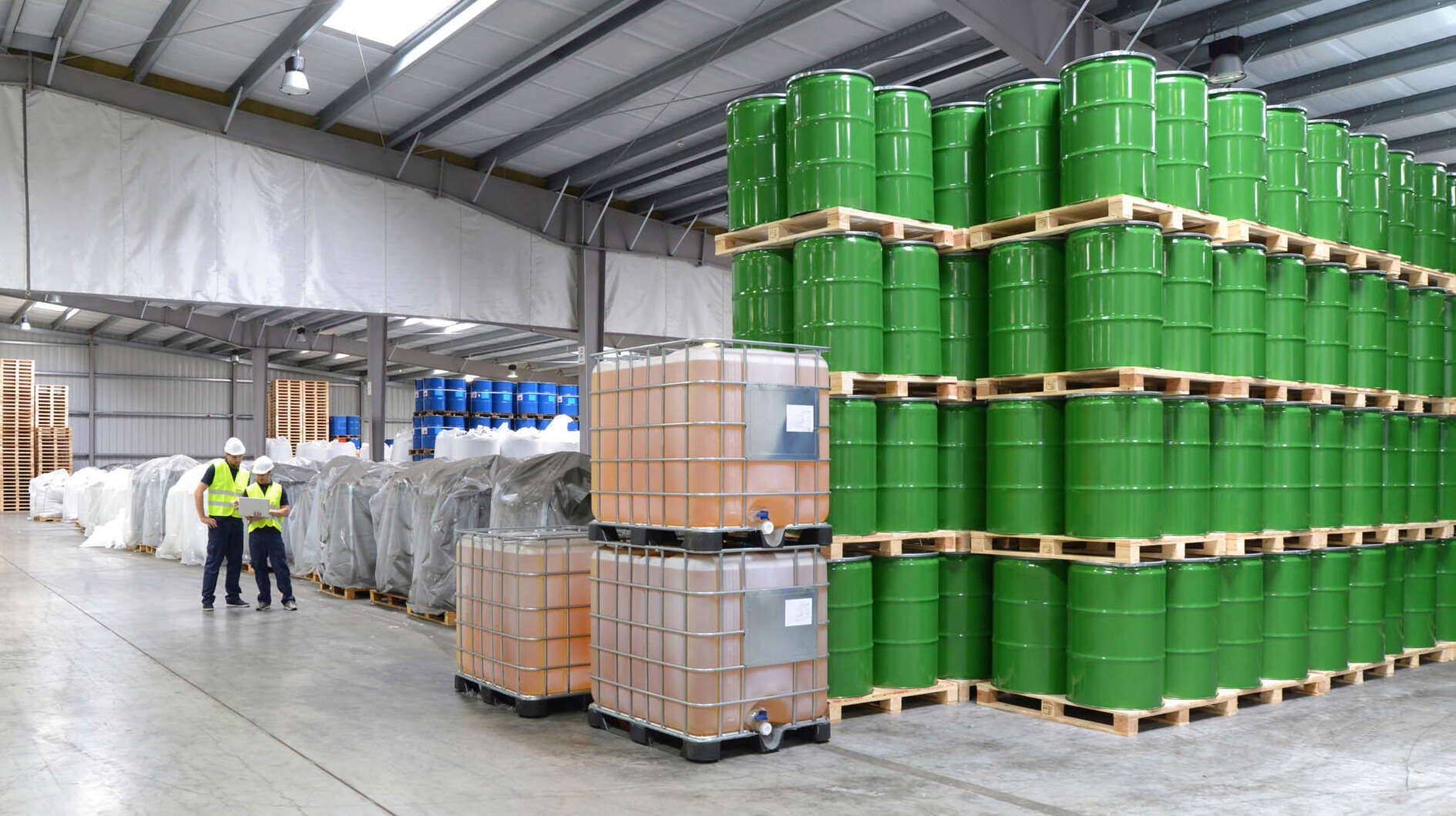
If you can’t beat ‘em, join ‘em. But if you can beat ‘em, do that instead.
For years, the overriding factor in D2C and much of B2B product sales has been price. It’s a race to the bottom; customers would typically follow the company that could offer their products at consistently lower prices.
For many, it became challenging to meaningfully compete without damaging the bottom line.
But not anymore. Following the landslides and rains that destroyed stretches of highway and railroad and flooded thousands of acres of arable land around Greater Vancouver, one reality has become clear.
Price doesn’t matter if the product can’t reach its destination. By the same turn, people will pay more to have their product sooner.
If you can’t control your market share based on price, you may still be able to control supply and speed to market. And partnering with the right facility could make all the difference.
Distribution Centres Take Local Tack
“Between the climate related events we’ve seen, sea freight prices, and ongoing port congestion, companies are taking an approach to distribution that I’ve never seen before,” says Sid Sethi, Director of Business Development at Canadian Alliance Terminals. “They’re shifting to a more local model.”1
This is in contrast to the current distribution model of many businesses, which set up large facilities in dispersed, rural locations and rely on trucking or trains to move product great distances. The problem with this model has been made abundantly clear in recent weeks.
According to the Calgary Herald, “extreme flooding and mudslides beginning Sunday [November 14, 2021] closed all major highways that connect British Columbia’s Lower Mainland to Alberta, snarling a supply chain already bending under significant pressures. As of Tuesday afternoon, those routes remained closed, with no anticipated timeline for reopening.”2
No anticipated timeline for reopening means no end in sight for the thousands of tonnes of goods trapped en route to the lower mainland—and potentially millions of dollars lost.
Therefore, companies are considering local distribution options.
Not just any locality, however. Businesses are zeroing in on those specifically advantageous geographies that bring together multiple transport options: namely, planes, trains, and automobiles.
“It’s clear that limited transportation could cripple a business if a landslide severely delays a shipment. So businesses are looking for new ways to keep their options open. The greater the proximity to multiple transport options, the better,” says Sethi.1
By opening new distribution channels near DeltaPort—or even the Port of Prince Rupert—businesses are better able to react to the changing conditions of the supply chain. Canadian Alliance’s new location near DeltaPort and YVR has made the facility a prime partner for circumventing these kinds of sudden challenges.
“I’ve already begun collaborating with customers—in the US and in Canada—that are looking to set up a local distribution strategy with Canadian Alliance precisely because of the access our services grant,” says Sethi. “Partnering with Canadian Alliance means clients can outpace the distribution of product shipping from Ontario. Think of the trucks trying to take the Coquihalla Highway into the lower mainland—our clients will have that schedule beat by days, if not weeks.”1
Top Grade Supply Chain Facilities
Businesses in the process of launching a localized distribution strategy will soon find that not all third party logistics companies are made equally.
“This has been especially challenging for clients in the lubricant and chemical industries,” says Sethi. “Because these products require specialized storage and transportation protocols. They can be volatile products; it’s about ensuring safety for those handling the product, and protecting the product in the event of an incident like a fire and remaining compliant with the National Fire Code.”1
Canadian Alliance’s facilities were designed to store and transport these products safely.
“It was a substantial dollar investment,” says Sethi, “That sets us apart. I was surprised to learn that the services Canadian Alliance offers are not typical of other 3PL partners.”1
Critically, the facility is completely up to current codes for storing lubricants and chemical products. The facility is rated for flammable hazardous materials storage and transport with a 2-hour fire rating and a separate room for the storage of Oxidizers. These facilities are designed to safely store and isolate chemical products in the event of a fire—preserving the safety of Canadian Alliance employees, our immediate environment and also minimizing the damage sustained by a given product.
“I was speaking with a new client recently, and our purpose-built facilities were a big selling point for him,” says Sethi “because typically 3PLs don’t have this kind of infrastructure. And if something did happen with his existing 3PL—a fire, an explosion—his product would be lost with risk to property and life safety. All of it gone; That’s business lost, product wasted, and potentially people endangered.”1
The supply chain’s tumultuous track record over the last two years has all but proven Murphy’s Law—if it can happen, it will. This reiterates the critical importance of building a distribution strategy which allows ultimate speed to market without sacrificing appropriate safety and infrastructure.
“To opt for one of these facilities without being compliant focused, that being; no independently racked sprinklers, with essentially no specialized equipment or processes to respond to an incident would be a mistake,” says Sethi, “I know businesses are scrambling to implement local distribution strategies but, whether you’re in chemical products or not, this matters to you. Your product is at risk.”1
